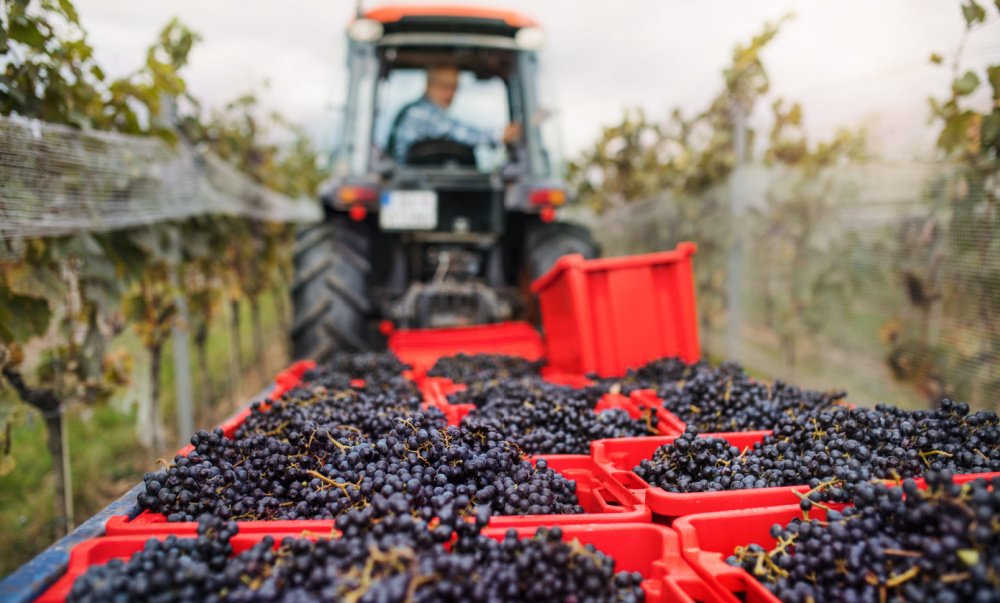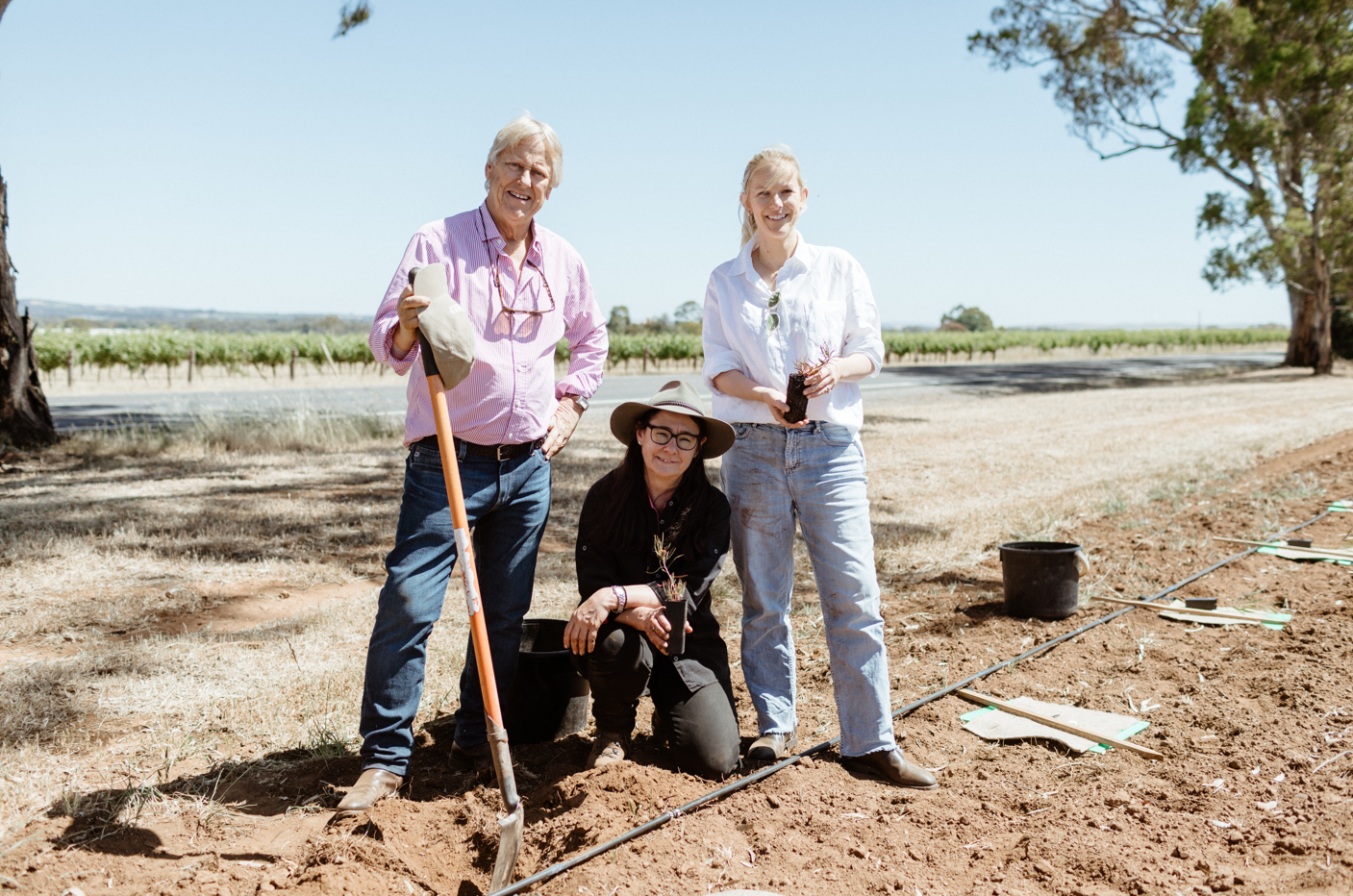Released today, Wine Australia’s National Vintage Report 2023 estimates the Australian winegrape vintage to be 1.32 million tonnes, 26 per cent below the 10-year average and the lowest recorded since 2000.
Weather conditions this year were widely reported to be the most challenging for winegrowers in 20 years, with a third consecutive La Niña event producing the wettest year since 2011 and the coolest year since 2012.
While an exception cool season was conducive to producing high-quality fruit, endless winter and spring rainfall across much of South-Eastern Australia made access to vineyards difficult, led to lower yields, delayed ripening, challenges managing disease and, of course, caused catastrophic flooding in some regions.
Peter Bailey, Manager of Market Insights at Wine Australia, said the second consecutive small vintage will directly impact grape and wine businesses across the country.
“This smaller vintage, which will reduce the wine available for sale by around 325 million litres, is likely to have a considerable impact on the bottom line of grape and wine businesses all around Australia, at a time when the costs of inputs, energy, labour and transport have increased significantly,” he said.
Other than the weather-related challenges, Bailey said inventory pressures resulting in yield caps, uncontracted grapes not being sold and/or vineyards being temporarily taken out of production further reduced the size of the crush, although he noted it’s impossible to determine what share of the overall reduction could be attributed to demand-driven effects as opposed to seasonal conditions.
“However, white grapes – which are in higher demand – were reduced by a similar percentage to reds, which suggests that seasonal effects were the main contributor to the reduction,” he said.
The crush of red grapes in 2023 is estimated to be 711,777 tonnes, a 26 per cent reduction from last year and 25 per cent below the 10-year average of 943,146 tonnes. The white crush will be an estimated 605,321 tonnes, a 22 per cent decrease compared with 2022 and 28 per cent below its 10-year average of 839,013 tonnes (see Figure 1).
As with previous years, South Australia continues to be Australia’s largest producer, contributing 55 per cent of the crush, followed by New South Wales with 27 per cent and Victoria at 13 per cent. A good season in Western Australia saw its contribution rise to 3.5 per cent, while Tasmania and Queensland each accounted for slightly less than 1 per cent.
Three inland wine regions struggled the most this year, South Australia’s Riverland, the Murray River - Swan Hill region on the New South Wales/Victoria border and New South Wales’ Riverina. The crush from these regions combined was down 28 per cent to 899,936 tonnes.
The total estimated value of the 2023 crush at the weighbridge was $983 million, a decrease of $229 million (or 19 per cent) compared with the 2022 vintage and the lowest since 2015. The decline in value was less than the decline in tonnes because of a small increase in the average purchase value, driven by the rise in the average value and share of grapes from cool-temperate regions.
Bailey said the trends seen in the report reflect global trends, specifically stronger market demand for premium wines over commercial wines.
“Around the world, particularly in mature markets, there has been a long-term decline in commercial wine sales and an increase in premium sales. More recently, there has been growing demand for white wines. Both of these factors are reflected in the winegrape price trends,” he said.
To assist wine growers in being better informed about price indicators, Wine Australia is developing a Winegrape Supply and Demand Dashboard, as part of a project managed by Wine Australia, Australian Grape & Wine and the Inland Wine Regions Alliance, with funding through the Australian Government’s Improving Market Transparency in Perishable Agricultural Goods Industries initiative. The dashboard is expected to launch in October 2023.
The National Vintage Report is available from here.
Stay up-to-date with the latest industry news with the Drinks Trade e-newsletter.
Share the content










